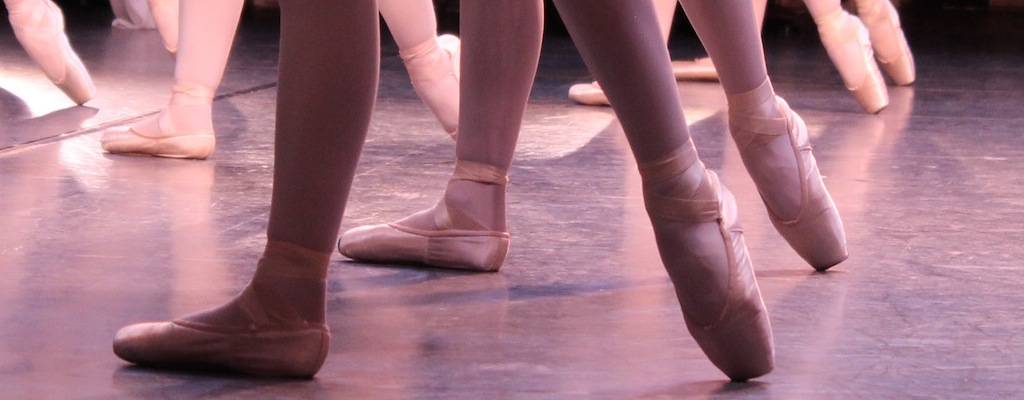What It’s Like To Be a Ballerina with Type 1
I was diagnosed with type 1 diabetes during my sophomore year of high school, which was the biggest year for my dance career so far. By the time I was diagnosed, I already knew I was diabetic because I knew what to look out for ahead of time. I started on four insulin shots a day and was testing my blood sugar 6+ times a day. The first month getting back into dance after I was diagnosed was somewhat difficult because I wasn’t used to lows during exercise or having to eat at specific times of the day.
I had to learn how to semi-manipulate my blood sugars so I wouldn’t go low during dance.
I learned that if my blood sugar was a bit higher than normal before class, it wouldn’t go low as fast as it would if I had been normal during class. That helped me rehearse for longer periods of time without having to take breaks. My rehearsals ran pretty late during the day so I had to figure out when would be the best time to take a break and eat. I got pretty good at keeping my blood sugars under control during dance after a few months of being diabetic. All my dance friends were very supportive and accepting of my condition and I even found out that one of the company members I danced with was also diabetic. She helped me a lot with managing my condition during performances and competitions.

About five months after being diagnosed, my dance team and I went to Disneyland to perform at a competition. For some reason, my blood sugars would not stay normal. They would go from 5.5 mmol/L100 mg/dL to 2.5 mmol/L45 mg/dL within an hour.
At the end of the competition my friends and I were celebrating our win when I passed out from a blood sugar of 1.3 mmol/L23 mg/dL.
I was unconscious for three days and was in the hospital for almost two weeks after I woke up. That is when my doctor and I thought it would be best to get an insulin pump and continuous glucose monitor (CGM). Having both has helped me because I can stop lows in their tracks—which again means I can dance for longer periods of time without taking breaks.
During my senior year of high school, I decided to put on a play about a dancer who becomes diabetic so I could educate my town about diabetes. I wrote the script myself, choreographed the dances, directed and acted in this production. It definitely brought a lot of awareness about diabetes to my community because I busted myths about diabetes in the play as well as showing people what it’s really like to be diabetic.
When it comes to performances, I check my blood sugar around 6+ times—regardless of what my CGM tells me.
I also try to eat as clean as I can for two weeks leading up to a performance. I love salads with pine nuts and balsamic vinegar. I also try to keep my blood sugar around 11.1 mmol/L200 mg/dL (10.0 mmol/L180 mg/dL being normal for me) because I don’t go low that quickly. I always keep water, my meter, pump and Annie’s Gummies backstage so I can test between scenes of a ballet.
I have never let diabetes stop me and I never will.
Since being diagnosed three years ago, I have won first place overall at four national dance competitions, originated a role in a new ballet and joined a pre-professional ballet company. I am currently in my first year of college, studying to become a psychotherapist. If you would like to learn more about my life as a ballerina you can check out my blog. My name is Tara and this is how I live beyond!





